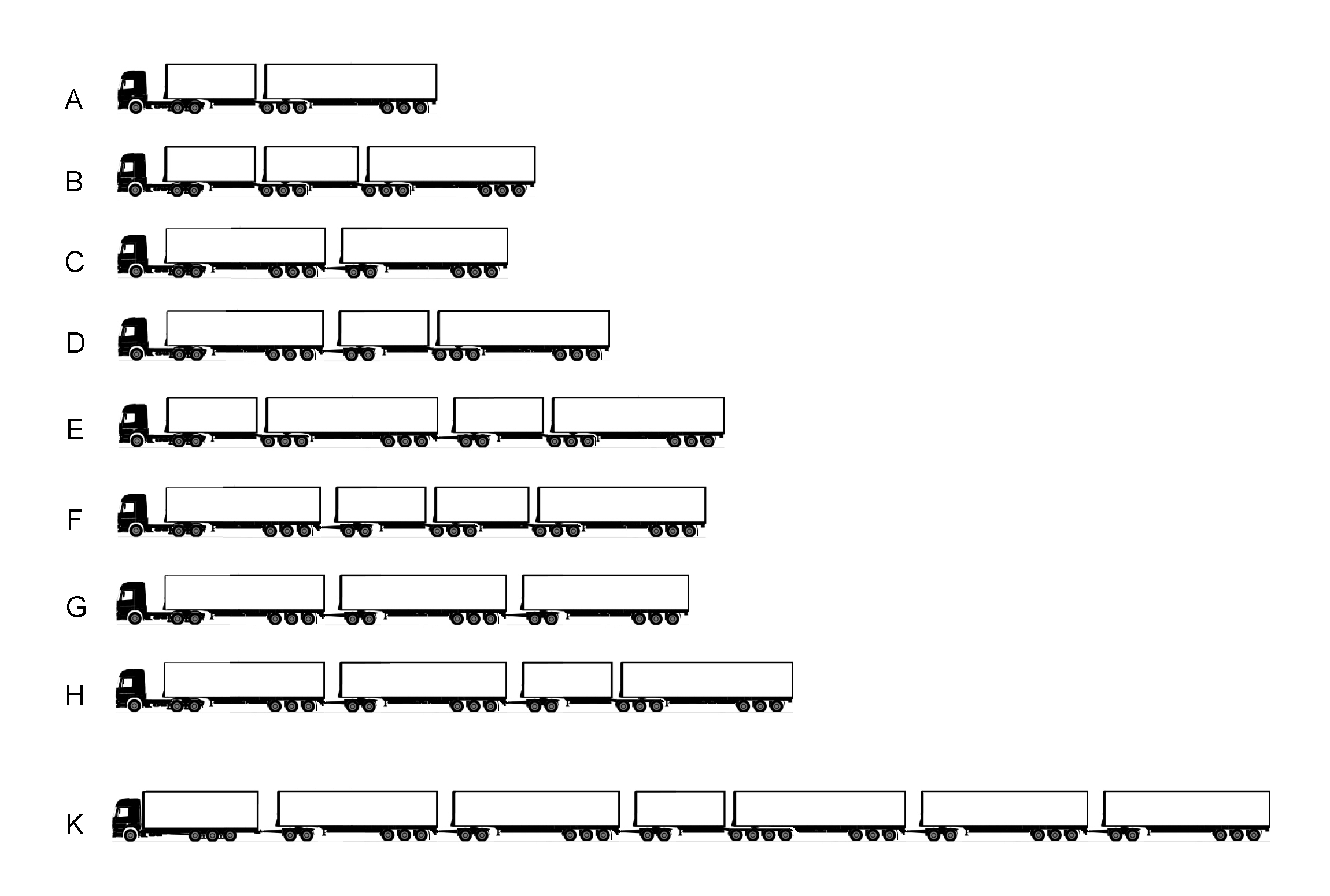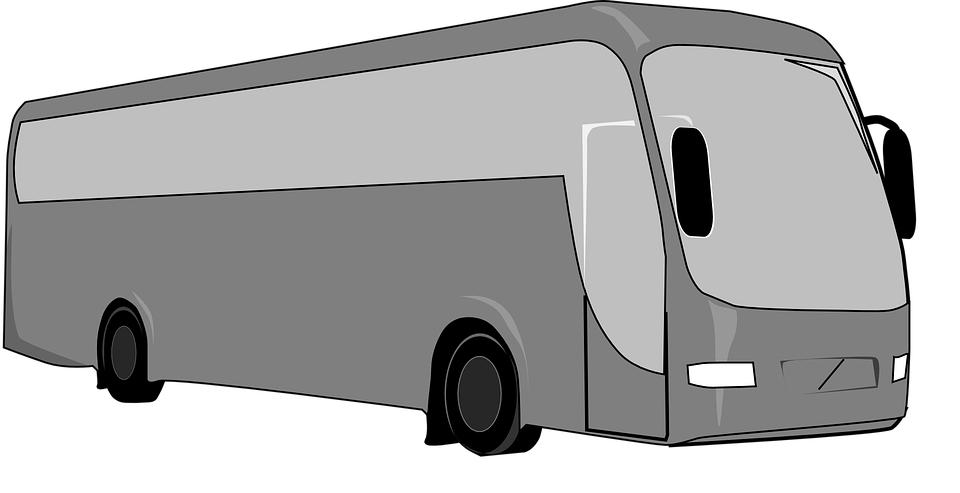For The Transit Fans: 100th Post Special: The Road Trains of Australia
(Thanks For Your Support it has been a fun 100 posts into the world of Transportation! Here's to a 100 More!)

A fuel Road Train Passes under a rainbow in the Australian Outback
Type: Private, Sometimes Public if Chartered by Government Councils
Fleet Size: Undisclosed
Routes: All Highways and Unpaved Trails of the Australian Outback
Manufacturer and Powerplant: Trucks in Australia primarily come from American Manufacturers who have set up factories in Australia. The two largest are Kenworth and Mack Trucks. European Volvo and Scania models are fairly common but most Aussie truckers prefer Kenworth and Mack. To compensate Mack Trucks Australia began to offer both American Style Conventional trucks as well as European Cabovers, Kenworth soon followed suit. Western Star recently began offering trucks "Down Under" as well.

Privateer Kenworth T909 Built to Aussie Specificatiions
Purpose: The Outback (and some other regions of Australia) host very remote villages and settlements which are often too far away from normal distribution networks to adequately receive normal shipments and supplies. These areas are not connected by Rail and do not have runways big enough to house large planes. The only way for people who live in these regions to receive supplies is by road. The Highway network in some areas is not paved and sometimes unmarked making truckers in the outback a different kind of breed. They must also be adept in repairing their trucks because the long voyages to remote villages mean they are very far away from any type of support system as well. A trucker must know how to change tires (difficult task to do by yourself on a truck) make mechanical repairs and be knowledgeable about road surfaces and the weather which all impact driving. Because the highways do not have much traffic Road Trains are allowed to move more materials at once.

Royal Dutch Shell Mack R600 Fuel Road Train (Note the 6X2 Configuration on the Cab)
American/Aussie Configuration: Mack, Kenworth and Western Star are American manufacturers which have altered some of their truck offerings to better suit the needs of Australian customers. They each have a separate division to develop and build trucks domestically in Australia to lower costs. Trucks spending any amount of time in the Outback must be fitted with Bull Bars. These devices protect against animals which often stray onto the roadway. Hitting large wildlife can severely damage the engine manifold and repairs cannot be done alone. To avoid this risk they are fitted to the front bumper and sometimes the sides. The second most notable difference in Aussie Configuration involves the air intakes. Many roads in the Outback are unpaved and trucks travel through dust for long periods of time. Trucks must also sometimes navigate through shallow water and cross rivers. To compensate for this Aussie Trucks often have their air intakes mounted high than normal and sometimes have more than 2. Roads in the Outback are not lit with overhead lighting and as such when darkness falls at nighttime truckers find themselves in pitch black darkness. Truck Manufacturers put more powerful headlights as a standard feature (hence why they are bigger on Aussie trucks) but most companies who make trips into the Outback will also fit larger spot lights as a secondary feature to provide more light and in case one of the regular headlamps fail or is broken. Driving off road, debris is a major concern, one rock in the wrong place could mean disaster for an Outback trucker. Aussie trucks are fitted with bigger skid plates underneath the engine bay and front mounted mudflaps to keep as much debris from being kicked up by the wheels. Per Australian Law, Road Trains must be marked as such to warn other motorists of the large vehicle approaching them. Road Trains are fitted with signs which either say "Oversize" or "Road Train" and have yellow emergency lighting to better alert the public to the size of their trucks. Inside city limits Road Trains sometimes require police escorts to negotiate city centers.

Privateer Kenworth T909 Pulling a Livestock Road Train to a Farm

Road Sign on the Tanami Road warning drivers to get Fuel at the next town which is 270 Km (167 Miles) away, Beyond that town the next fuel stop is 742 Km (461 Miles) away
Unique Outback Driving Challenges: It is almost a universal understanding that when driving in the Outback all motorists travel with spare fuel. The nearest towns are often hundreds of miles away from each other and this means it is easy to become stranded. Truckers always do extensive checks of their rigs before venturing into the Outback. It is also understood that despite the risks associated with hitchhikers, "Outbackers.... have each others back". Truckers will always stop to help one another on the road because they are their own support system. People will sometimes keep CB Radios in their car to contact truckers when they break down. Calling the police isn't the first option when stranded in the outback as you are more likely to encounter a trucker. Signs are often posted on how to contact truckers if you become stranded. Driving trucks on unpaved roads present challenges in of itself, loose road surfaces mean trucks must be on high alert at all times. The extreme heat of the Outback causes unusual changes in the pavement on normal roads. The heat can cause the pavement to buckle and cause "natural speed bumps". The heat can also lower and raise paved roads naturally.

Dollies: Road Trains are essentially various trailers connected to one another with the use of devices known as dollies. Dolles are unpowered axles fitted with a fifth wheel connector to pull the trailer behind it. Drivers of Road Trains must know how these devices work and how driving with them can affect handling. The most difficult part of driving with dollies is backing as drivers must sometimes reverse with more than one trailer.

Various Road Train Configurations allowed in Australia
Privateer Livestock Road Trains
Outback Truckers were featured in a reality show (Some Rude Language)
-
 2
2




0 Comments
Recommended Comments
There are no comments to display.
Create an account or sign in to comment
You need to be a member in order to leave a comment
Create an account
Sign up for a new account in our community. It's easy!
Join the herd!Sign in
Already have an account? Sign in here.
Sign In Now